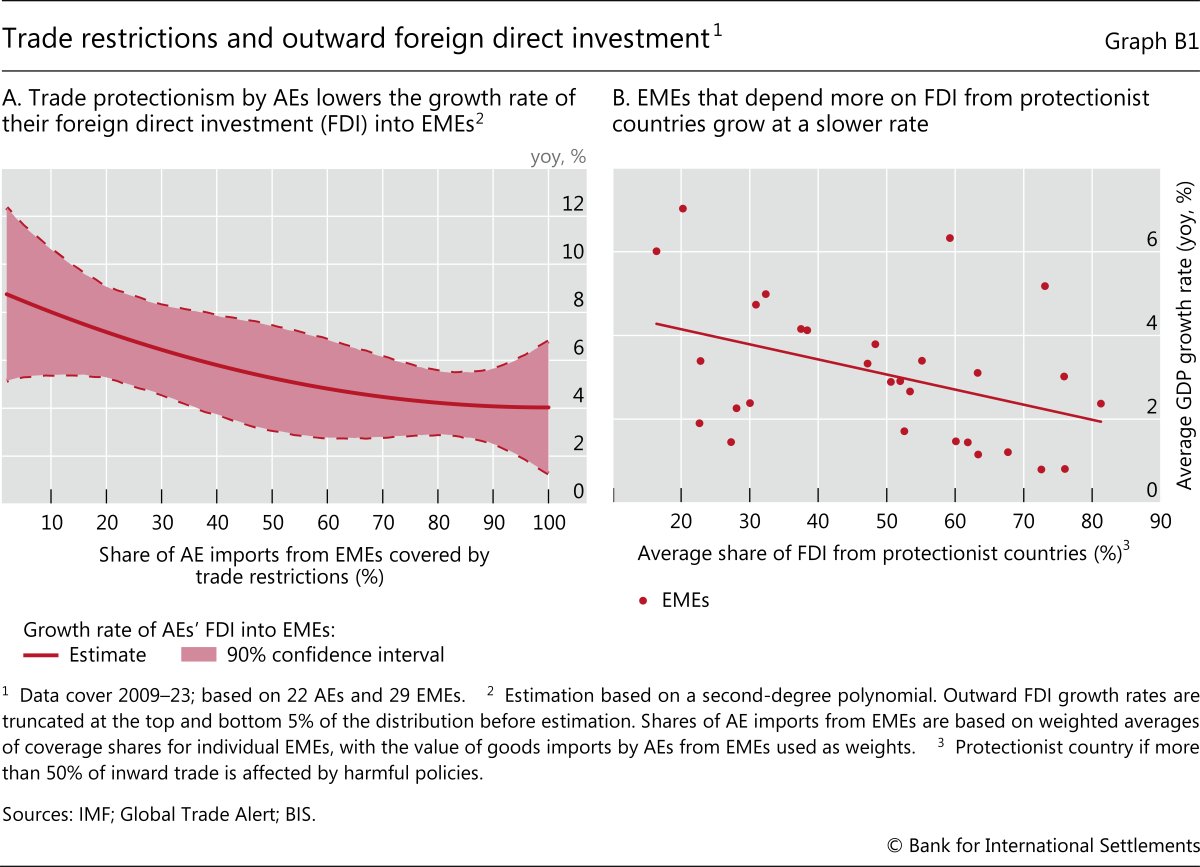Report on U.S. Climate Action and Sustainable Development Goals Amid Federal Policy Shifts
Introduction: Federal Uncertainty and its Impact on SDG 13
Recent changes in federal leadership have created significant uncertainty regarding the United States’ commitment to climate action, directly impacting the nation’s ability to meet targets under Sustainable Development Goal 13 (Climate Action). This policy shift has resulted in several challenges at the federal level, including:
- Reductions in funding for climate-related programs.
- Decreased staffing in key environmental agencies.
- Programmatic changes that limit the capacity to reduce greenhouse gas emissions and adapt to climate-related hazards.
The Role of Subnational Actors in Advancing the 2030 Agenda
In response to federal inaction, state and local leaders are increasingly taking on the responsibility of driving climate initiatives. These subnational actors are critical for making progress on the Sustainable Development Goals, particularly SDG 11 (Sustainable Cities and Communities). However, they face the challenge of navigating the current federal uncertainty while simultaneously planning and executing new projects. A primary need is the proactive funding and financing of climate action to ensure the development of resilient and sustainable communities.
Sector-Specific Contributions to Sustainable Development
Various state and local agencies are at the forefront of implementing tangible actions that align with multiple SDGs. Their work is essential for building a sustainable future.
- State Energy Offices: These bodies are pivotal for advancing SDG 7 (Affordable and Clean Energy) by promoting renewable energy sources and energy efficiency, which is fundamental to reducing emissions as required by SDG 13.
- Transportation Departments: By investing in sustainable transport solutions, these departments contribute to SDG 9 (Industry, Innovation, and Infrastructure) and SDG 11. Their efforts are crucial for creating cleaner, more accessible urban environments.
- Infrastructure Entities: These organizations are responsible for constructing and upgrading systems to be resilient against a more destructive climate. This work directly supports the targets of SDG 9 and is essential for safeguarding communities as outlined in SDG 11.
Fostering Partnerships for Climate Solutions (SDG 17)
To address these challenges, Brookings Metro will convene a virtual event to facilitate collaboration and knowledge-sharing, embodying the principles of SDG 17 (Partnerships for the Goals). The event aims to:
- Explore the imperative to accelerate climate investment despite federal uncertainty.
- Highlight actionable strategies being successfully deployed by state and local leaders.
- Feature a panel of city practitioners who will discuss pioneering strategies, offering scalable models for other leaders nationwide to advance SDG 11 and SDG 13.
Which SDGs are addressed or connected to the issues highlighted in the article?
-
SDG 13: Climate Action
The article is centered on climate action, discussing the challenges in reducing greenhouse gas emissions and adapting to climate change impacts like extreme storms. It highlights the need for policies and investments to address these issues at both federal and local levels.
-
SDG 11: Sustainable Cities and Communities
The article emphasizes the role of “state and local leaders” and “city practitioners” in creating plans and launching investments for climate action. This directly connects to making cities and human settlements resilient and sustainable, especially in the face of a “more destructive climate.”
-
SDG 9: Industry, Innovation and Infrastructure
The text mentions the role of “transportation departments, and other infrastructure entities” in “constructing, maintaining, and upgrading systems.” This points to the need for resilient and sustainable infrastructure that can withstand climate impacts and contribute to emission reductions.
-
SDG 17: Partnerships for the Goals
The article discusses the disconnect between federal and local climate efforts due to “shifts in federal leadership” and “funding cuts.” It highlights the need for state and local leaders to find new ways to “proactively fund and finance climate action,” which relates to mobilizing resources and ensuring policy coherence for sustainable development.
What specific targets under those SDGs can be identified based on the article’s content?
-
Target 13.1: Strengthen resilience and adaptive capacity to climate-related hazards and natural disasters
This target is identified through the article’s mention of the need to “adapt to extreme storms” and upgrade systems to cope with a “more destructive climate.”
-
Target 13.2: Integrate climate change measures into policies, strategies and planning
The article discusses how “shifts in federal leadership have pulled back” on U.S. climate action, while state and local leaders are “seeking to create new plans” to continue this work. This reflects the challenge of integrating climate measures into national and sub-national policies.
-
Target 11.b: Increase the number of cities adopting and implementing integrated policies and plans towards climate change mitigation, adaptation, and resilience
This is directly supported by the focus on “state and local leaders” and “city practitioners” who are creating “new plans” and “pioneering strategies” for climate action in their jurisdictions.
-
Target 9.1: Develop quality, reliable, sustainable and resilient infrastructure
The article points to this target by highlighting the role of “transportation departments, and other infrastructure entities” in “constructing, maintaining, and upgrading systems” to be resilient in a changing climate.
-
Target 17.14: Enhance policy coherence for sustainable development
The “widespread uncertainty” caused by federal policy changes, which contrasts with the goals of state and local leaders, illustrates a lack of policy coherence for climate action.
Are there any indicators mentioned or implied in the article that can be used to measure progress towards the identified targets?
-
Total greenhouse gas emissions
This is a direct indicator for measuring progress. The article explicitly states that federal changes are “limiting the country’s ability to reduce greenhouse gas emissions,” making the measurement of these emissions a key metric.
-
Number of local governments with climate action plans
The article implies this indicator by stating that state and local leaders are “seeking to create new plans, launch new investments, and accelerate new projects.” Tracking the number of cities and states that successfully develop and implement these plans would measure progress.
-
Amount of financial resources mobilized for climate action
This is implied by the statement that one of the biggest needs is to “proactively fund and finance climate action” in the face of federal “funding cuts.” Measuring the new investments launched by state and local leaders would be a relevant indicator.
-
Investment in resilient infrastructure
The article implies this indicator by discussing the need for infrastructure entities to be “constructing, maintaining, and upgrading systems” to handle a “more destructive climate.” Progress could be measured by the level of investment directed towards making infrastructure more resilient.
Table of SDGs, Targets, and Indicators
| SDGs | Targets | Indicators |
|---|---|---|
| SDG 13: Climate Action | 13.1: Strengthen resilience and adaptive capacity to climate-related hazards. 13.2: Integrate climate change measures into policies and planning. |
– (Implied) Number of local governments with climate adaptation plans. – Total greenhouse gas emissions. |
| SDG 11: Sustainable Cities and Communities | 11.b: Increase the number of cities adopting and implementing integrated policies and plans for climate change mitigation and adaptation. | – (Implied) Number of cities and states creating and implementing new climate action plans and strategies. |
| SDG 9: Industry, Innovation and Infrastructure | 9.1: Develop quality, reliable, sustainable and resilient infrastructure. | – (Implied) Level of investment in constructing, maintaining, and upgrading resilient infrastructure systems. |
| SDG 17: Partnerships for the Goals | 17.14: Enhance policy coherence for sustainable development. | – (Implied) Amount of financial resources mobilized for climate action at state and local levels to counter federal funding cuts. |
Source: brookings.edu






